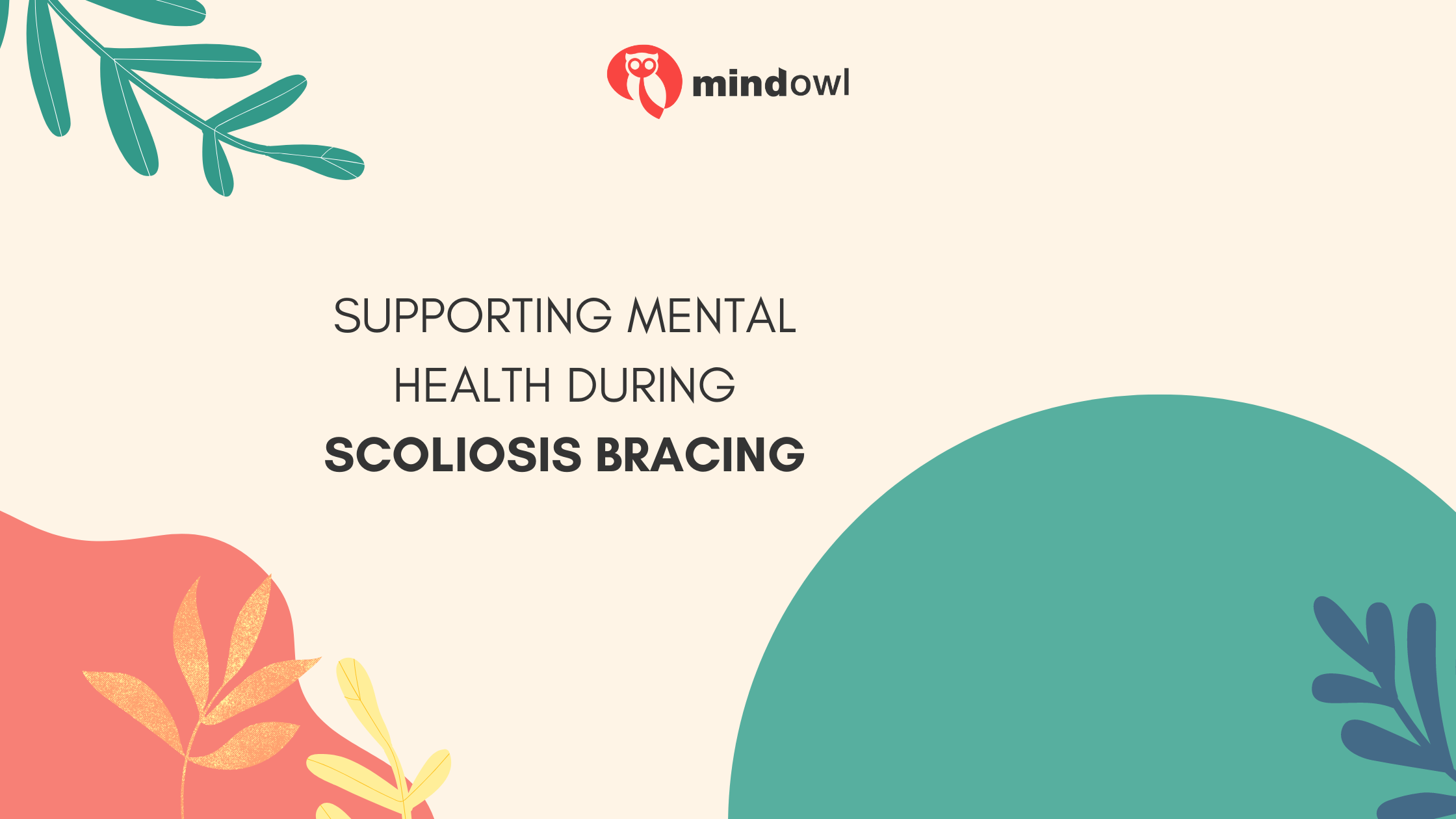
Photo by cottonbro studio
For children and teens dealing with scoliosis, the emotional side of things can be just as difficult and painful as the physical condition. Feelings of stress, fear, negative body image, and withdrawal are all common.
These can be further exacerbated if your doctor recommends a brace to help correct your child’s spine. While there are many brace types for scoliosis and the modern designs are a far cry from the bulky contraptions of the past, it’s natural for your child to feel reluctant to wear one.
To get the best outcome for your child, it’s important to be vigilant about supporting their mental health during this time. This article offers some practical strategies to help your child maintain a positive outlook and emotional well-being while wearing a scoliosis brace.
Understand the Emotional Impact
A key step in being supportive is taking the time to properly understand your child’s concerns. This is crucial to help you empathize and relate with your child and build valuable trust. For example, discuss how wearing a brace can affect their body image and self-esteem. Address why it might make them feel self-conscious, especially in a school environment where kids are quick to judge and appearance is intrinsically linked to social status.
Your child may also experience anxiety and stress from the brace’s physical discomfort or the fear of standing out. Wearing a brace might also limit their participation in physical activities or social events. This could potentially lead to feelings of isolation, frustration, and shame. By developing a deep understanding of your child’s emotional experience, you’ll be better equipped to support them through it.
Encourage Mindfulness and Resilience
Introduce some simple breathing exercises that can help your child (and you!) manage stress and anxiety. Breathing techniques are useful for general wellness, and they’re great for coping with high-intensity moments too. Here’s a simple breathing exercise to promote a sense of calmness and control.
In for Four, Out for Eight
Close your eyes and focus on your breath, inhaling deeply through your nose and exhaling slowly through your mouth. Breathe in through your nose for a count of four, visibly filling your belly with air. Hold for one, and breathe out through your mouth for the count of eight, feeling your belly slowly deflate. Hold for one, and begin breathing in again. Repeat for as long as you need.
Note: For maximum relaxation, breathe into your belly, not your lungs. The easiest way to check if you’re doing this is in front of a mirror. Put your hand on your belly. Feel and watch it expand and deflate. Your shoulders and rib cage should remain still.
Body Scan
Another great mindfulness practice is a body scan. Closing their eyes, ask them to start with their toes, noticing how they feel one by one, and then purposefully letting the tension go. Move to the soles of the feet, then the top of the feet, the ankles, shins, calves, knees, and so on, right to the top of their head. This promotes relaxation. Other ideas for incorporating mindfulness into your child’s routine include practicing gratitude, journaling, or using positive affirmations.
Integrate Meditation into Daily Life
Guided imagery exercises can be an effective relief from discomfort or frustration. This kind of meditation works by visualizing a peaceful, happy place. For some, it’s a memory, like opening presents on Christmas day or sharing a home-cooked meal at a grandparent’s house. For others, it could be a fantasy; lying on an island beach paradise, exploring a tropical jungle, and so on. It works as a sort of mental escape.
Loving-kindness meditation is another helpful practice. This is about sending positive thoughts to yourself and others which can boost self-esteem and compassion. Remind them to remind themselves of their strength.
As with most things, success comes from repetition. Try to establish a regular meditation practice by setting aside a specific time each day. While you can meditate anywhere, creating a quiet, safe, comfortable space for this purpose helps with motivation.
Build a Supportive Environment
It’s incredibly important to keep communication lines open with your child. Discussions about mental health should be encouraged. Assure them it’s okay to be upset or frustrated. Validating their feelings lets them know you’re listening, that these feelings are normal, and it’s going to be alright.
Something that can help further normalize the ins and outs of life with a scoliosis brace is a support group. Talking about common challenges, sharing experiences, and celebrating milestones with other brace-wearers can foster a sense of community and comradery. If there are no physical meetups nearby, online forums may be an option (depending on the child’s age). Counseling and professionally led mental health conversations have also been found to be extremely helpful.
Endnote
Overall, supporting your child through scoliosis bracing involves more than just managing the physical aspects. By encouraging mindfulness, meditation, and a supportive environment, you can help your child maintain a positive outlook and healthy emotional well-being.
MindOwl Founder – My own struggles in life have led me to this path of understanding the human condition. I graduated with a bachelor’s degree in philosophy before completing a master’s degree in psychology at Regent’s University London. I then completed a postgraduate diploma in philosophical counselling before being trained in ACT (Acceptance and commitment therapy).
I’ve spent the last eight years studying the encounter of meditative practices with modern psychology.

